Soil Testing and Improvement: Unlock Your Ground’s Potential
Today’s chosen theme: Soil Testing and Improvement. Discover how simple tests translate into smarter amendments, healthier roots, and tastier harvests. Join us, ask questions, and subscribe to follow new trials, lab comparisons, and seasonal soil care reminders.
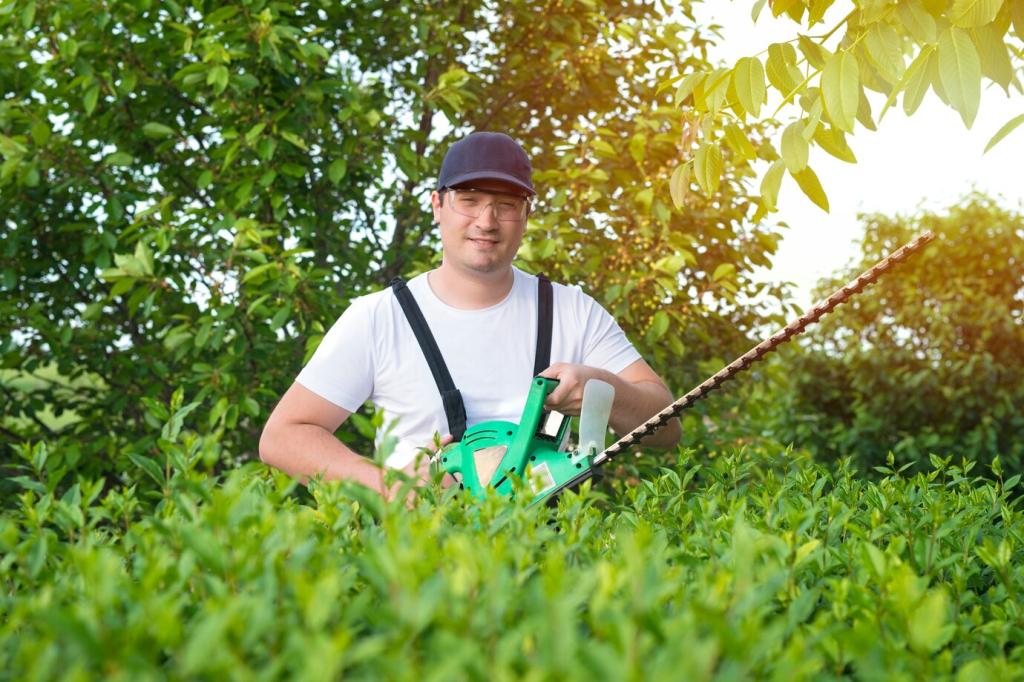
Why Soil Testing Comes First
Every handful carries a story of pH, cation exchange capacity, and soluble salts that quietly decide whether nutrients unlock or stay locked. Testing turns that invisible script into practical choices you can trust.
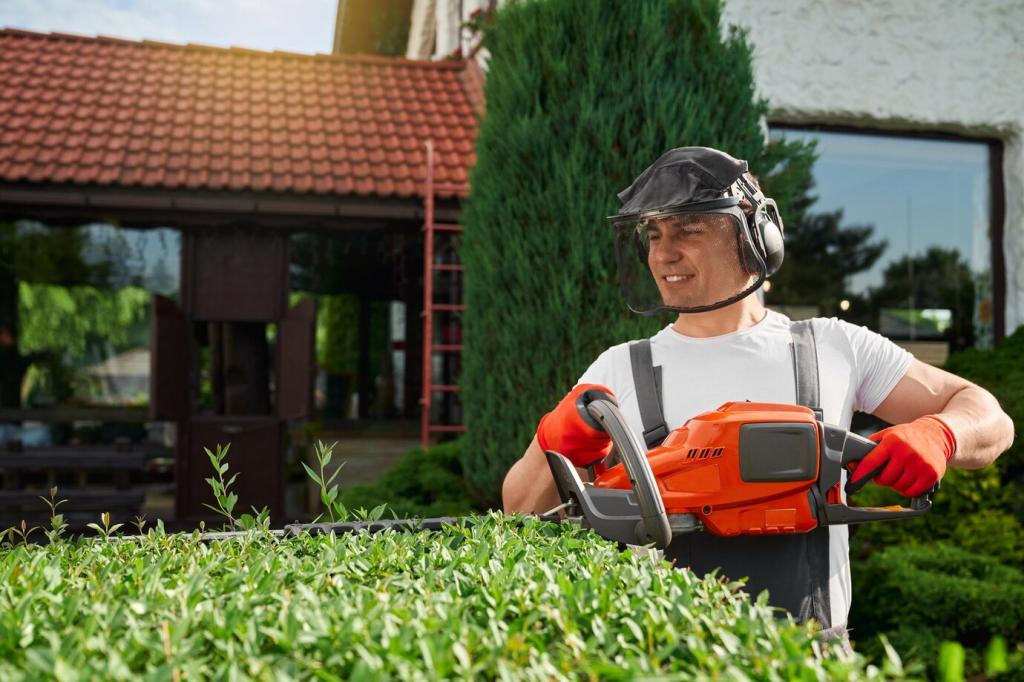
Use a clean trowel and bucket. Take 10–15 cores from the root zone, mix, air‑dry, and remove debris. Label beds by crop history and avoid testing right after fertilizing to prevent misleading, temporarily spiked readings.
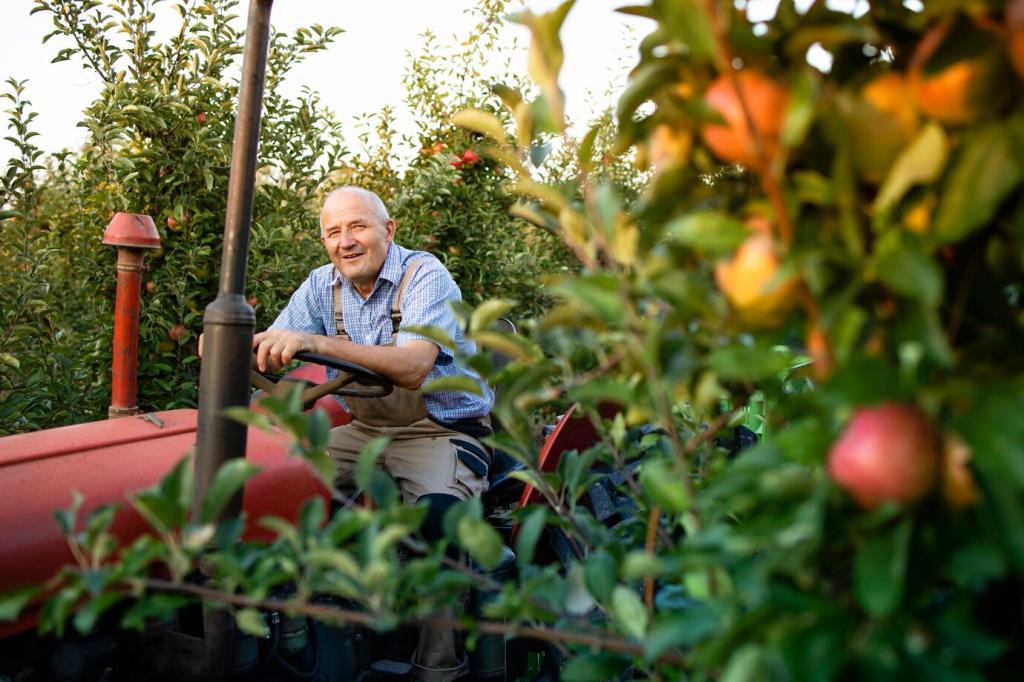
A mason‑jar texture test reveals sand, silt, and clay layers. Simple vinegar and baking soda checks hint at pH extremes. Infiltration rings and a shovel test expose compaction, crusting, and root depth without any fancy equipment at all.
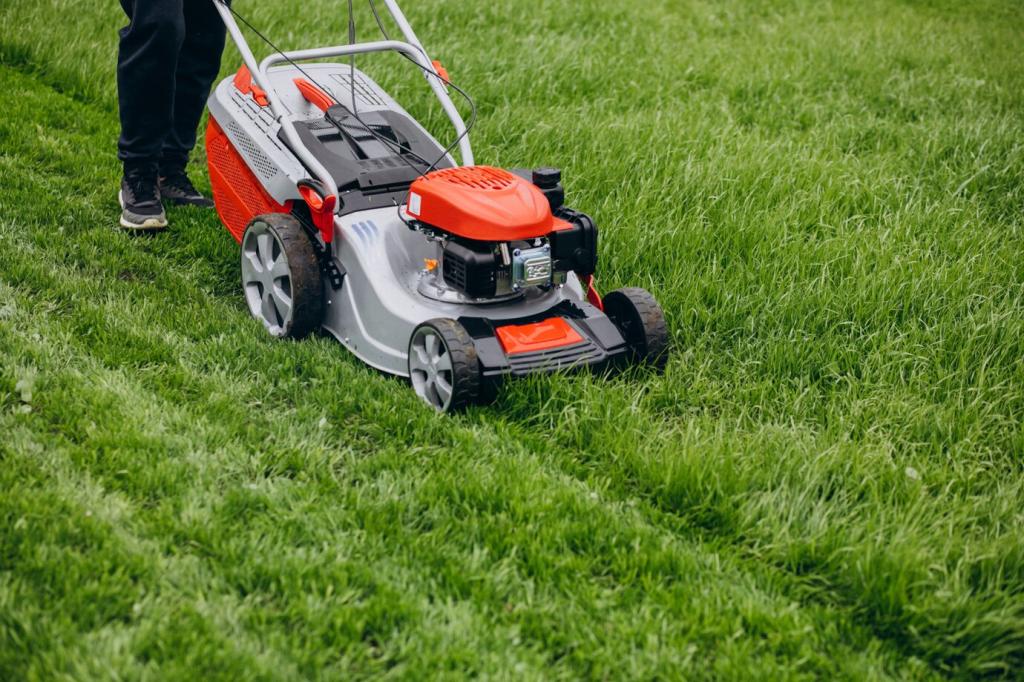
Pair home observations with one reputable laboratory analysis each season. Correlating color, smell, and crumble with measured pH, organic matter, and micronutrients quickly builds intuition, confidence, and better timing for amendments and irrigation decisions you can repeat.
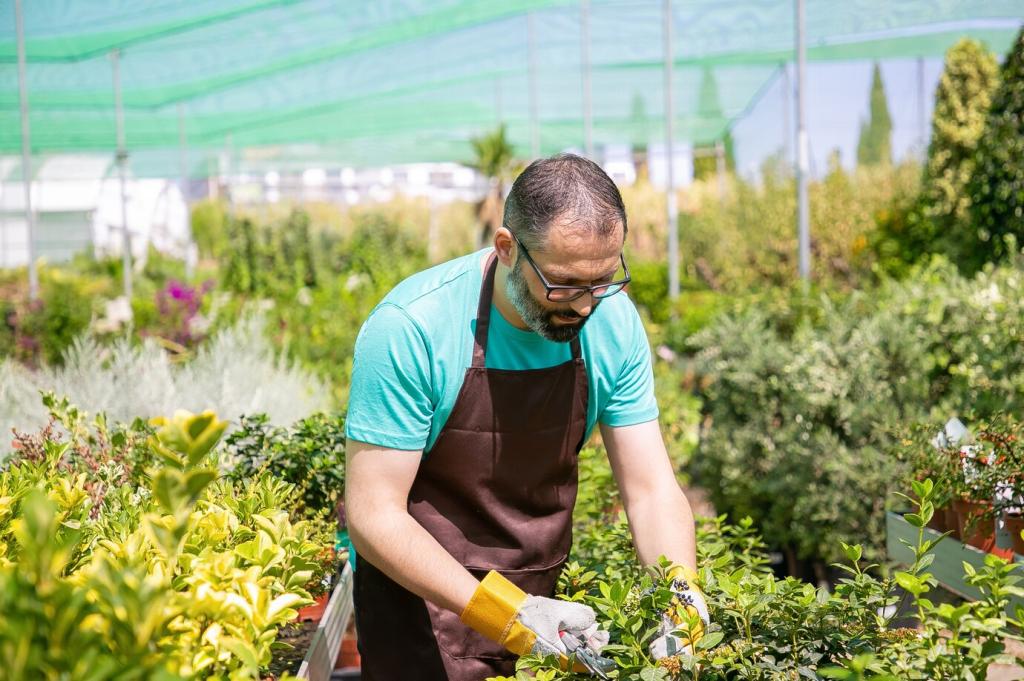
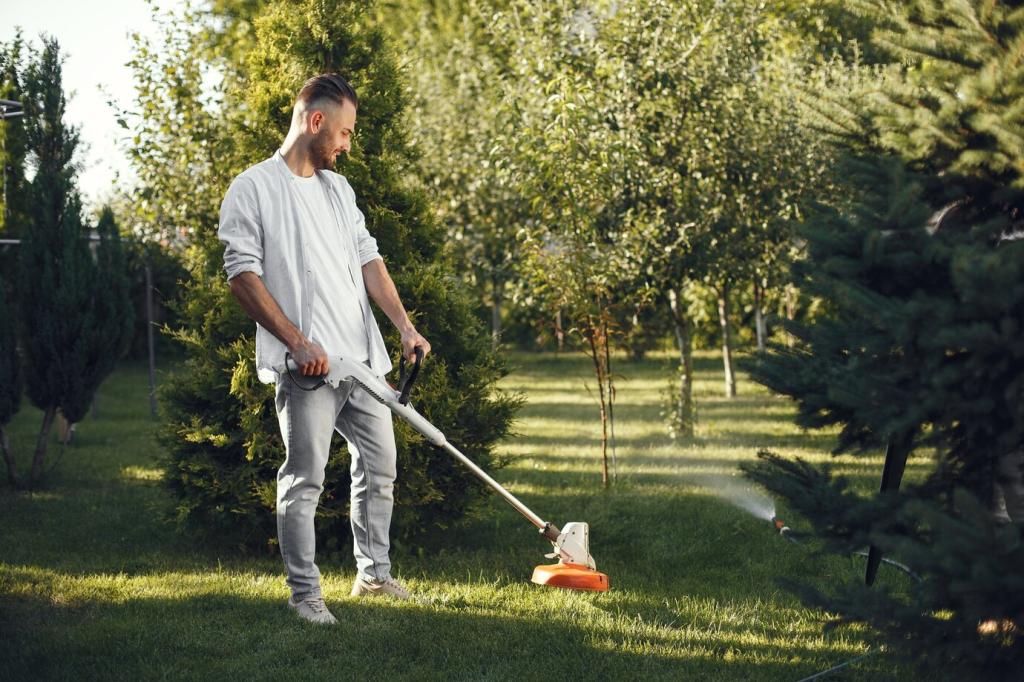
Interpreting Results: pH, Nutrients, and Texture
Most vegetables thrive between 6.0 and 7.0, where nutrients are most available. Outside that window, phosphorus, iron, and manganese hide. Adjust slowly, retest, and track plant responses rather than chasing instant, sometimes risky corrections.
Interpreting Results: pH, Nutrients, and Texture
Nitrogen drives growth, phosphorus supports roots and flowers, and potassium strengthens resilience. But calcium, magnesium, sulfur, and trace elements also matter. Consider cation exchange capacity and electrical conductivity to balance availability and avoid salt stress in sensitive crops.
Improvement Strategies Tailored by Test Data
Use agricultural lime to raise pH in acidic soils, split into small doses. Elemental sulfur lowers alkalinity but needs warmth and time. Always retest, observe leaves, and adjust slowly to avoid shocking biology or burning tender roots.
Improvement Strategies Tailored by Test Data
Mature compost, leaf mold, and well‑managed cover crops add carbon that improves structure, water holding, and nutrient buffering. Biochar pre‑charged with compost can help in sandy beds. Track organic matter percentage annually and celebrate the small, steady climbs.
Improvement Strategies Tailored by Test Data
Use a broadfork or garden fork to loosen without inversion. Incorporate coarse compost and living roots to create channels. Where salts accumulate, gypsum aids flocculation in sodic clays. Add raised beds or swales to guide water thoughtfully.
Biology Matters: Microbes, Roots, and Resilience
Signs of a living soil
Count earthworms per spade, look for crumbly aggregates, and breathe in that forest smell after rain. These clues correlate with infiltration, disease suppression, and easier cultivation. Share your observations so we can compare biology alongside lab numbers.
Feeding the food web wisely
Compost and diverse mulches sustain fungi and bacteria that unlock phosphorus and micronutrients. Avoid overusing high‑salt fertilizers that dehydrate microbes. If you brew teas, prioritize cleanliness and moderation, then watch roots respond with finer hairs and steadier growth.
A true story: saving a tomato patch
One reader’s tomatoes showed blossom‑end rot despite plenty of water. A soil test revealed low calcium availability at slightly acidic pH. A light liming, steady mulching, and retesting mid‑season restored balance, flavor, and confidence in data‑guided care.
Spring: wake up without shocking
Warm soils with fabric, not plastic, when possible. Add gentle compost and adjust pH only if winter tests suggest. Sow early cover crops where beds are idle, and tell us how your first seedlings respond to the refreshed conditions.
Summer: moisture, salts, and mulch
Use tensiometers or simple finger tests to water deeply but less often. Mulch to cool roots and protect biology. In arid regions, occasional heavy irrigations can leach salts downward. Share heat‑wave tactics that kept your peppers and basil thriving.
Autumn: rebuild and retest
After harvest, return residues as mulch, sow diverse covers, and apply compost while soil life is still active. Retest pH and organic matter to capture the season’s gains, then subscribe to follow winter experiments comparing cereal rye, vetch, and mixes.
Community and Records: Learning Over Time
Note dates, weather, test results, and amendments by bed. Photograph roots during transplants. Over a year, patterns emerge that explain successes and failures better than memory. We can feature standout journals to inspire and refine everyone’s approach.
Test the sunny bed against the shaded strip, and the raised bed against native ground. The contrasts teach faster than averages. Post your maps and numbers so readers can replicate layouts and discuss surprising differences with practical follow‑up trials.
Tell us which tests you tried, which amendments worked, and which myths failed. Ask questions, vote on upcoming experiments, and subscribe for reminders when we publish new side‑by‑side trials focused on soil testing and improvement for real gardens.
